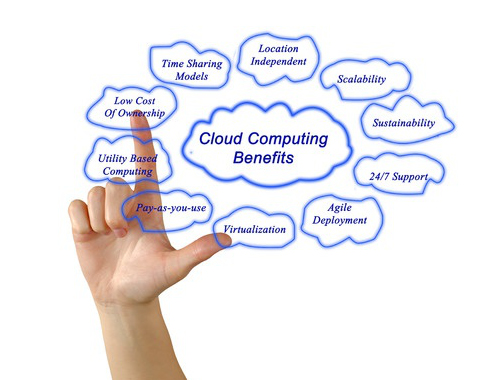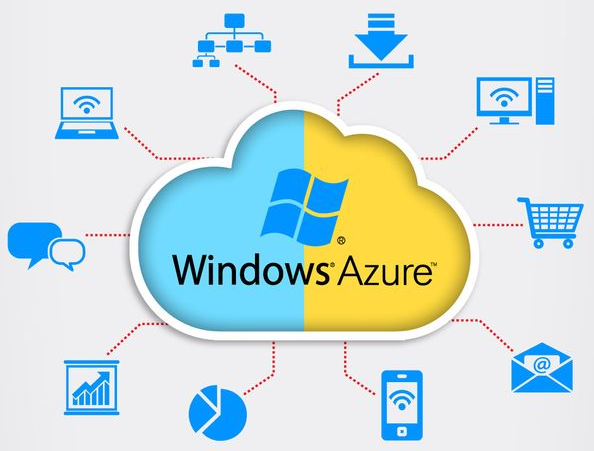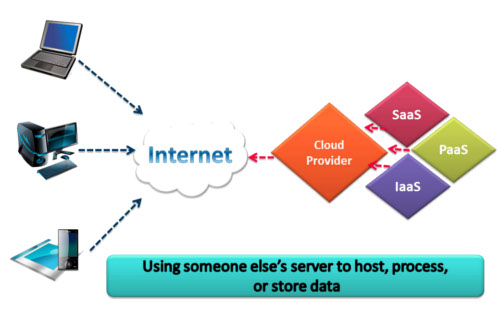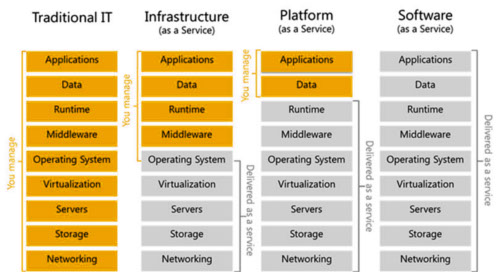Why Compute on the Cloud?
- Speed of delivery
- Pay as you go
- Automation
- Flexibility
- Time to market –up in no time
- Scale up and down IT resources

- Low entry cost
- Lower software cost
- Instant software updates
- IT dept. datacenter running
- Less power consumption
- Less noise
- Fewer maintenance issues
- Max uptime
We understand the potential of this new and rapidly evolving trend for its Customers and is building competence in various cloud technologies and services primarily on MS Windows Azure and AWS platforms.
These platforms package all the services necessary to build applications, including database, virtualization and architecture services—easily and uniformly.
- Cloud-enabled application development:
Leverage the cloud for application development to enable agility, speed-to-market and cost savings. - Custom cloud-application development and migration:
Develop custom applications that leverage cloud application infrastructure and migrate legacy applications to cloud architectures. - Cloud integration:
As enterprises leverage SaaS solutions and start moving application workloads to public cloud, the need for the integration of the public cloud and on-premise systems grows. This solution leverages cloud-based integration technologies for integrating data regardless of where applications are deployed. - Cloud Assurance Service – Testing

Cloud Services
What is Cloud ?

Cloud Infrastructure

Computing as well see is changing and cloud computing promises longevity and conceptually refers to using the internet as a computing platform. The Cloud computing model is Document centric ( and not PC – centric). It is intelligent, programmable, user centric, task centric, powerful and accessible. Cloud/client computing models are shifting. the client is a rich application running on an Internet-connected device, and the server is a set of application services hosted in an increasingly elastically scalable cloud computing platform.
- Build with any language or platform.
- Target any browser, client or device.
- Run on Windows or Linux.
